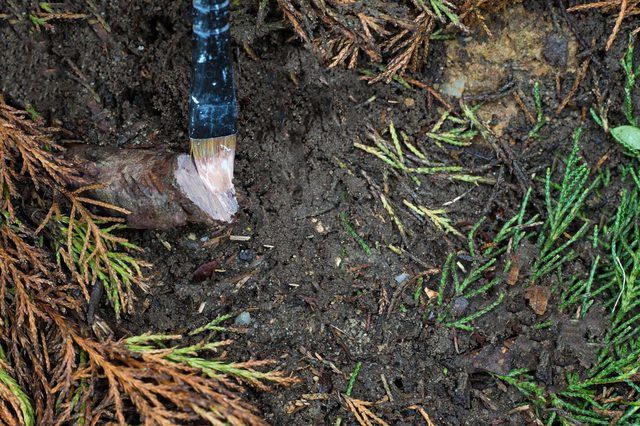Bulbs
Flower Basics
Flower Beds & Specialty Gardens
Flower Garden
Garden Furniture
Garden Gnomes
Garden Seeds
Garden Sheds
Garden Statues
Garden Tools & Supplies
Gardening Basics
Green & Organic
Groundcovers & Vines
Growing Annuals
Growing Basil
Growing Beans
Growing Berries
Growing Blueberries
Growing Cactus
Growing Corn
Growing Cotton
Growing Edibles
Growing Flowers
Growing Garlic
Growing Grapes
Growing Grass
Growing Herbs
Growing Jasmine
Growing Mint
Growing Mushrooms
Orchids
Growing Peanuts
Growing Perennials
Growing Plants
Growing Rosemary
Growing Roses
Growing Strawberries
Growing Sunflowers
Growing Thyme
Growing Tomatoes
Growing Tulips
Growing Vegetables
Herb Basics
Herb Garden
Indoor Growing
Landscaping Basics
Landscaping Patios
Landscaping Plants
Landscaping Shrubs
Landscaping Trees
Landscaping Walks & Pathways
Lawn Basics
Lawn Maintenance
Lawn Mowers
Lawn Ornaments
Lawn Planting
Lawn Tools
Outdoor Growing
Overall Landscape Planning
Pests, Weeds & Problems
Plant Basics
Rock Garden
Rose Garden
Shrubs
Soil
Specialty Gardens
Trees
Vegetable Garden
Yard Maintenance
How to Remove Bushes
How to Remove Bushes. Removing bushes can seem like a chore, but digging up the roots is effective for most shrubs. You might want to remove a shrub because it's damaged, diseased or overgrown, or maybe it requires more maintenance than you have time for. Shrub roots often grow deep, but you can reach them to dig them up by first removing the...
Removing bushes can seem like a chore, but digging up the roots is effective for most shrubs. You might want to remove a shrub because it's damaged, diseased or overgrown, or maybe it requires more maintenance than you have time for. Shrub roots often grow deep, but you can reach them to dig them up by first removing the top growth, leaving a single trunk or several trunks if it's a multistemmed bush. Rest often when pruning, sawing and digging to help avoid back strain.
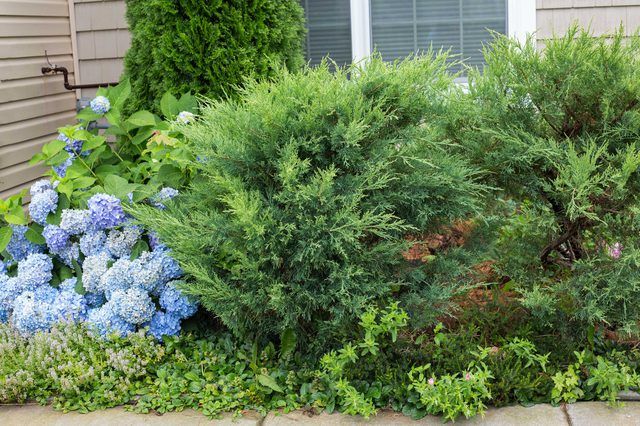
Remove the top growth on bushes in stages. Put on long pants, a long-sleeved shirt, safety goggles and leather gloves, and remove the largest branches you can handle one at a time. Hold the branch steady with one hand on its outer side, and cut through the branch with a pruning saw, taking care not to cut close to your hand. Remove all the shrub branches in the same way, but leave three or four branch stubs about 6 inches long on the trunk from ground level to 1 foot high, or higher if there are no branches below this height. Branch stubs act as handles when you're digging up bushes. Cut through the shrub trunks about 1 foot from the ground or higher as needed to leave branch stubs. You may need a handsaw to cut through thick trunks.
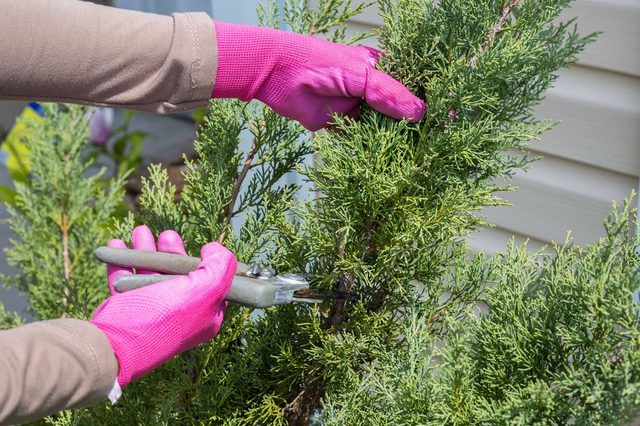
It's often possible to remove bushes 5 feet tall or shorter with just a garden fork, spade and heavy-duty loppers or an ax. Push a garden fork into the soil about 6 inches from a bush's trunk rootball, and push it under the bush. Lever the fork upward to loosen shrub in the ground and expose its roots. Continue digging around the shrub in the same way, digging up and pulling up loose roots. Dig out the soil from around the rootball with a spade. Grab the branch stubs, and push the shrub backward and forward to help loosen the roots. When you reach roots you can't pull up or dig up, cut them with heavy duty loppers or an ax to free the rootball from the soil.
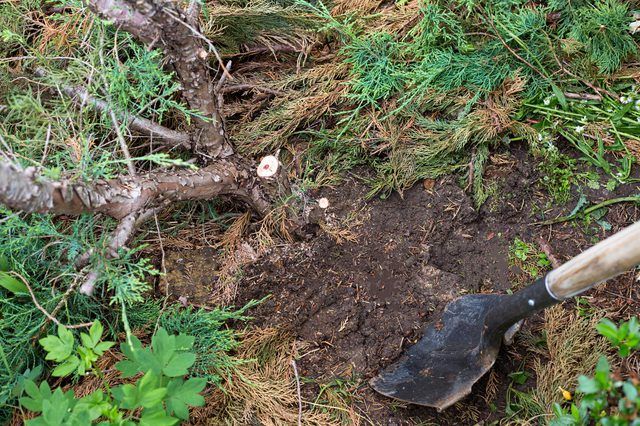
When removing large bushes, mechanical help may be needed to pull the rootballs out of the ground. Use a car jack, jack stand, chain and beam to remove bushes too large to dig up. Remove as many roots and as much soil as possible around the bush's rootball, and cut all the roots you can see. Place a jack on one side of the shrub's stump and a jack stand on the other side. If the ground isn't firm, place the jack and jack stand on wooden planks. Fix a chain securely to the stump, and rest a 6-foot-long, 4-inch-by-6-inch beam on the jack, the stump and the jack stand. Attach the chain to the beam. Raise the jack slowly. As the jack rises, the rootball is pulled out out of the ground. As new roots appear out of the ground, cut them with loppers. Another option is to call a professional contractor to have the shrub stump ground out.
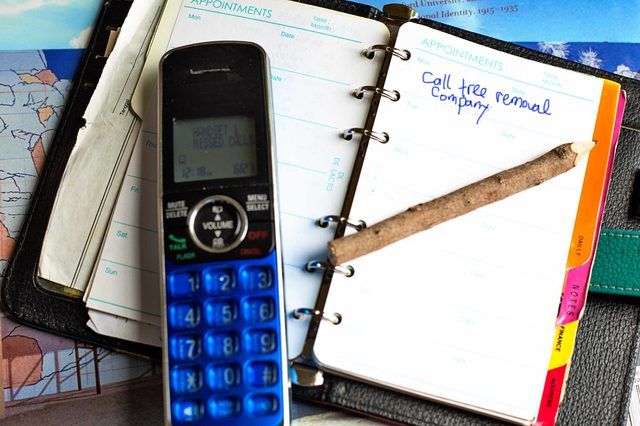
Applying herbicides helps prevent removed bushes from growing back. Roots left in the soil after removing bushes sometimes resprout, but you can help prevent sprouts from appearing by painting the cut root surfaces with a triclopyr and glyphosate herbicide. This may affect new plantings because triclopyr and glyphosate harm most plants. Apply the herbicide on a still day when there's no chance of drift, and take care not spray desired plants. Put on protective clothing, and dilute a 2 percent triclopyr and 18 percent glyphosate product at a rate of 6 fluid ounces per 1 gallon of water. Spray or paint the cut ends of the roots. A 2 percent triclopyr and 18 percent glyphosate herbicide works best when temperatures are above 60 degrees Fahrenheit. Manufacturers' instructions vary, so always apply herbicides according to the advice on the label. If shoots later appear from the bushes' roots, you can treat them in the same way.
